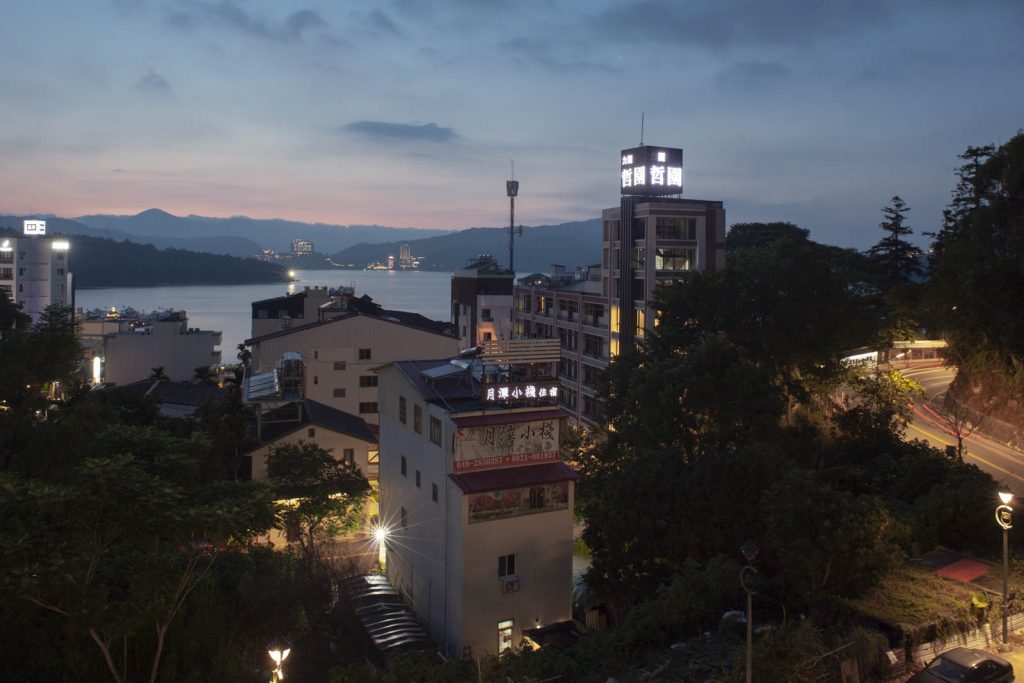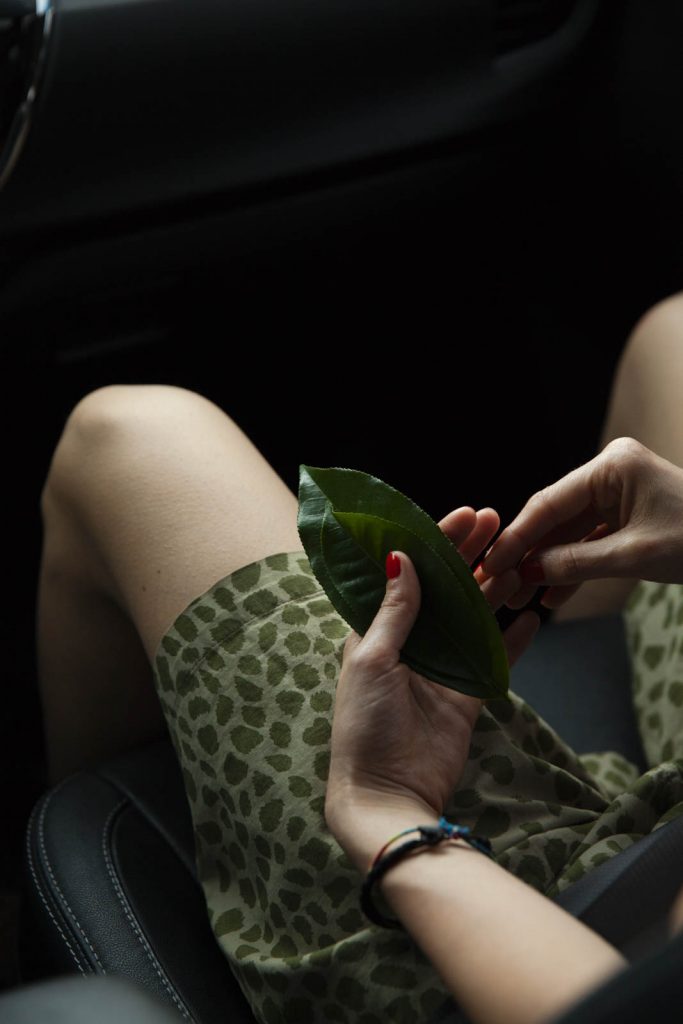“Made in Taiwan” for Terza Luna (2018)
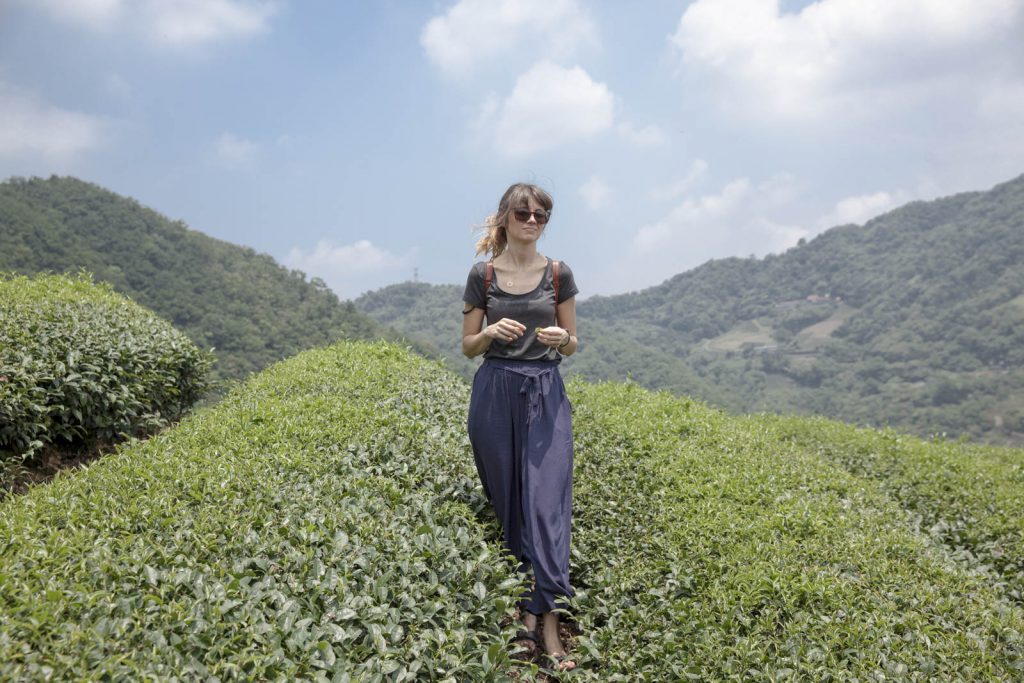
Beatriz Arjona experienced tea merchant in a Wen Shan Bao Zhong tea plantation.
A travel in pictures, looking for the precious teas produced on the island of Taiwan.
Like the “Oriental Beauty” organic tea, which develops a note of honey and ripe fruit due to a natural reaction to the bite of an indigenous insect. Or like the high mountain “Ali shan” tea, cultivated by the natives of the island who first learned the art of tea from the Japanese settlers.
Local tea masters accompany us for long and slow tastings, preparing the different leaves according to the “gon fu cha”, a concept that contains attention and patience, accuracy and rituality: the time needed to enjoy tea and to give space to the relationships that arise around the table.
In the background, a de facto island-state that in recent years, like many other nations of the Far East, strived (perhaps too quickly) to catch up with the western economies, the most desirable recipients of tea exports.
Andrea and Bea, the couple of expert tea merchants from Bari (Italy), who dreamed and then planned the trip, are here because of this. Taiwanese teas are currently among the rarest and most expensive on the European market. And they must be promoted through the spread of tea culture, an exciting challenge in a country of coffee lovers such as Italy.
All the photographs are by Giuseppe Fanizza.
The trip and the research are produced by Terza Luna, the tea distribution company by Andrea and Bea.
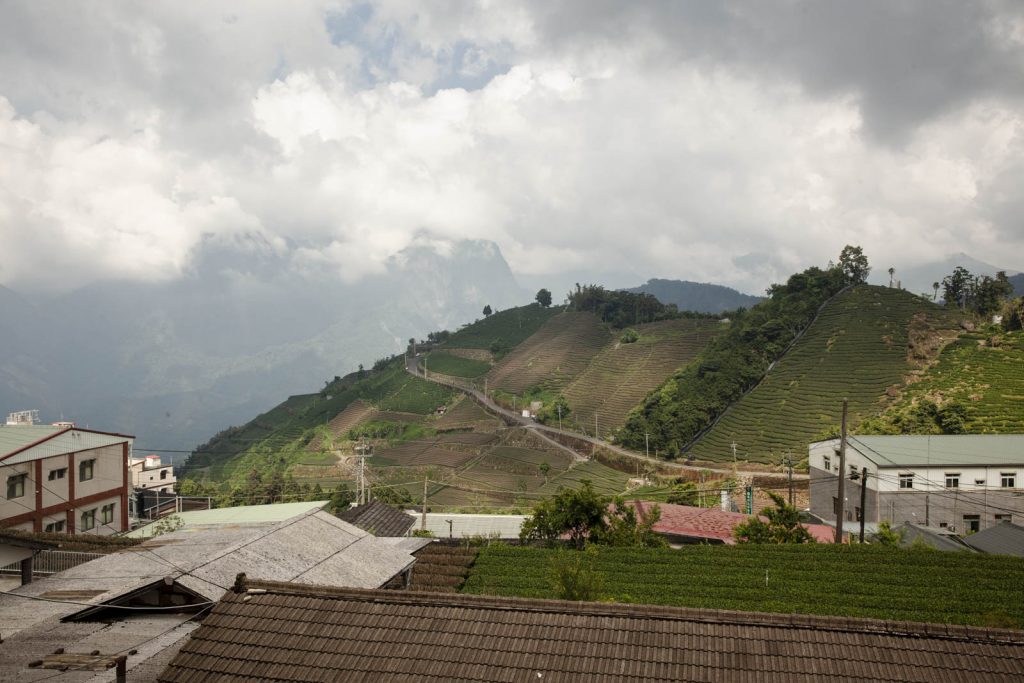
The region gives its name to the prized tea that is grown in these plantations.
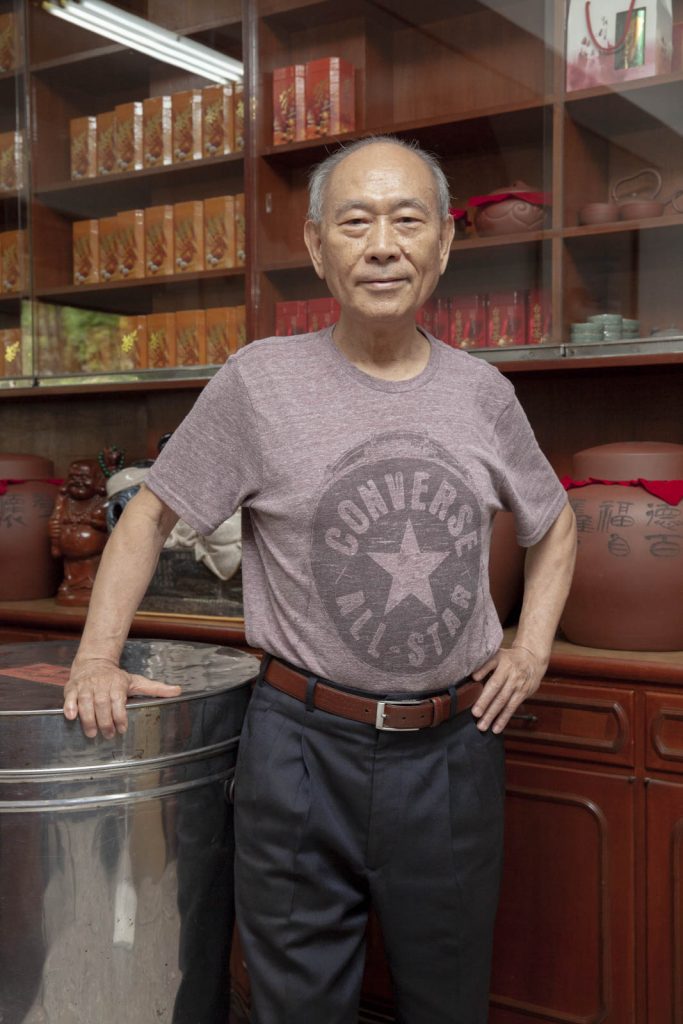
The tea master Yun Li in his shop
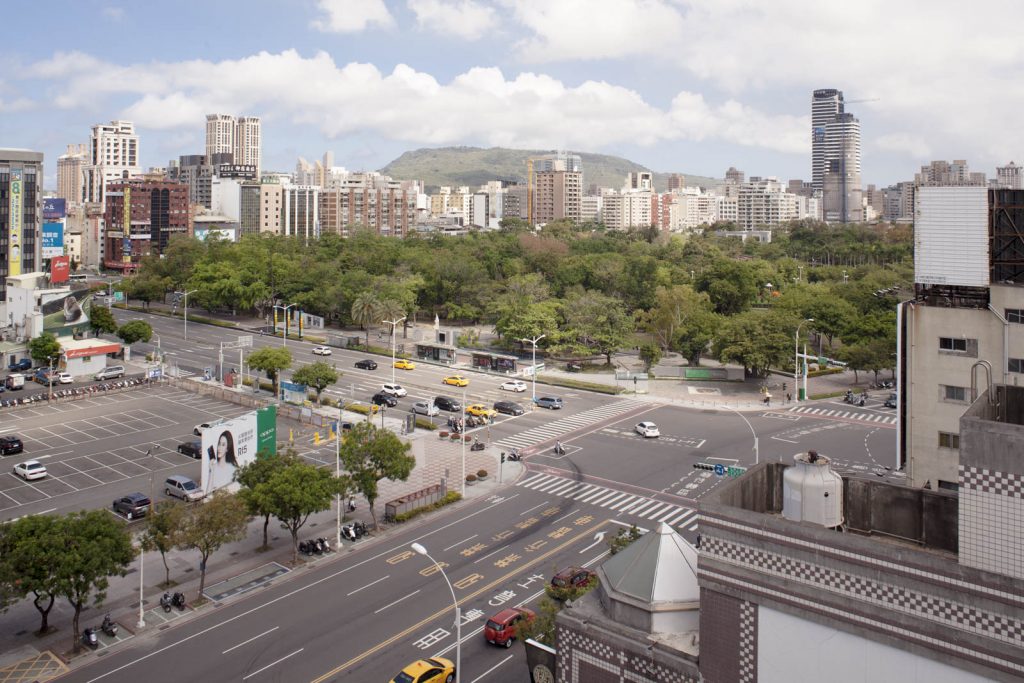
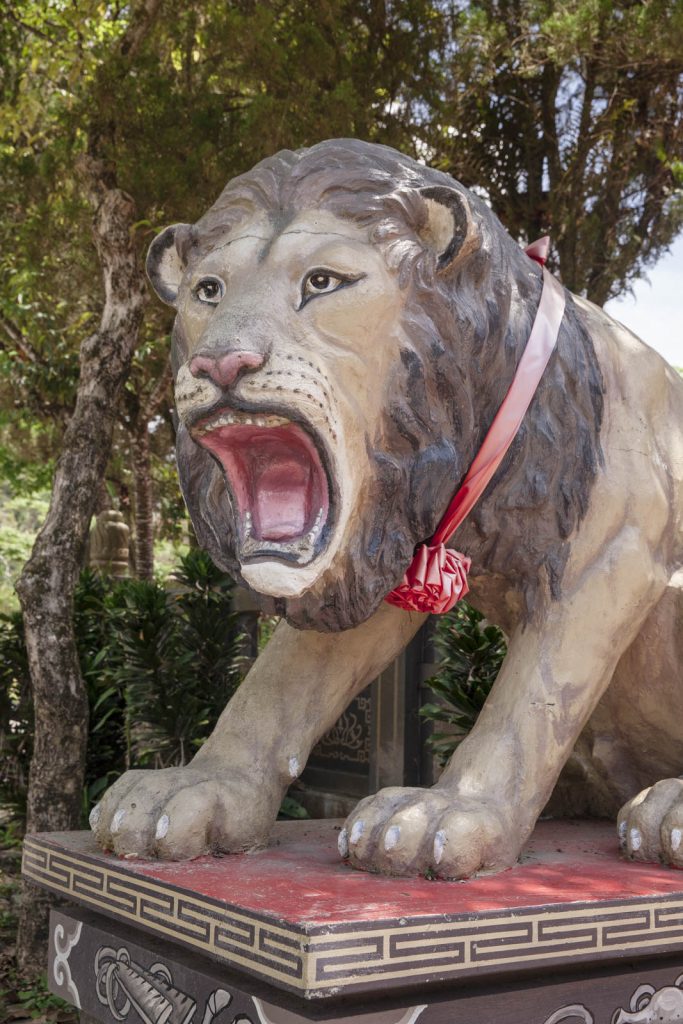
A “Shishi” at the Kongming Temple.
The “stone lions” or “lion guardians” are often placed at the entrance of religious and imperial buildings as a protection from adveristies
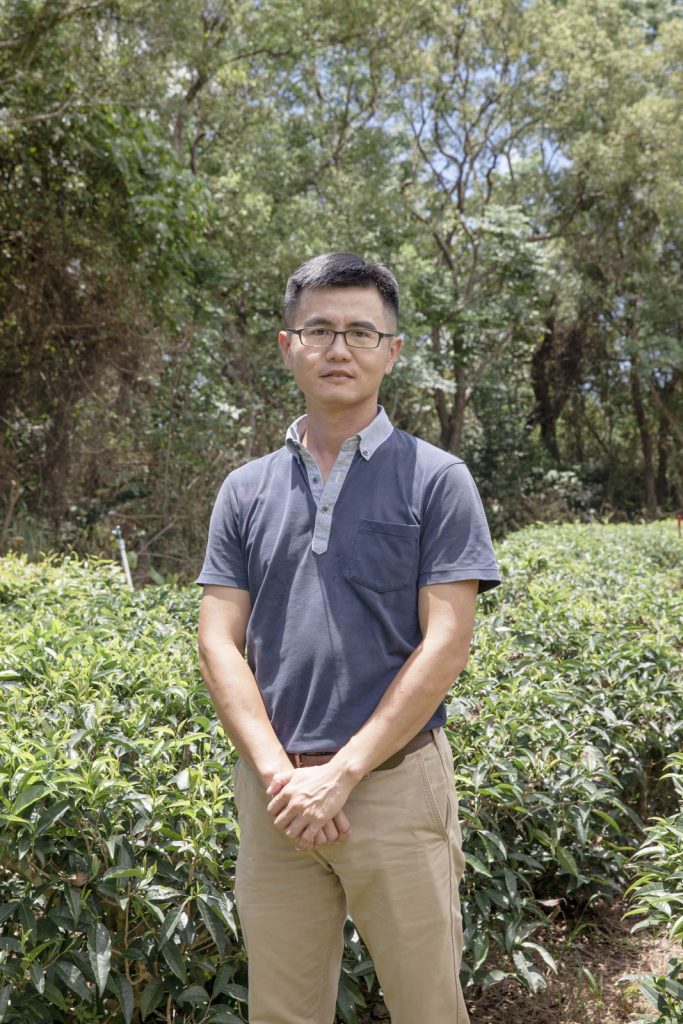
A biologist employed at the Taitung Branch Tea Research and Extension Station, one of the government centers where local tea varieties are studied and developed.
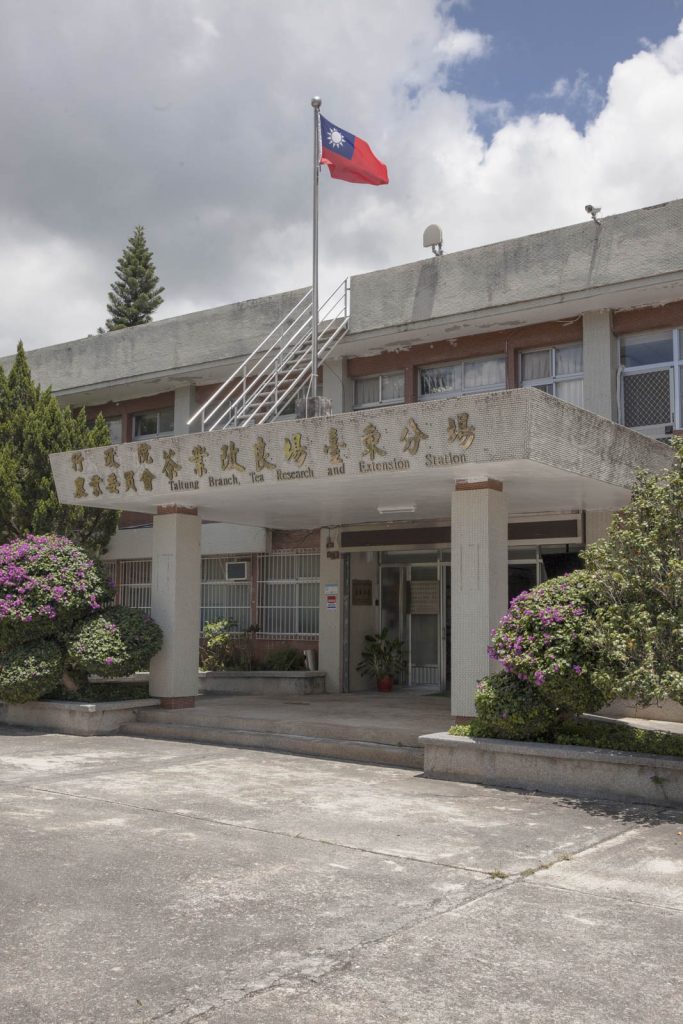
The Taitung Branch Tea Research and Extension Station, one of
the government centers where local tea varieties are studied and developed.
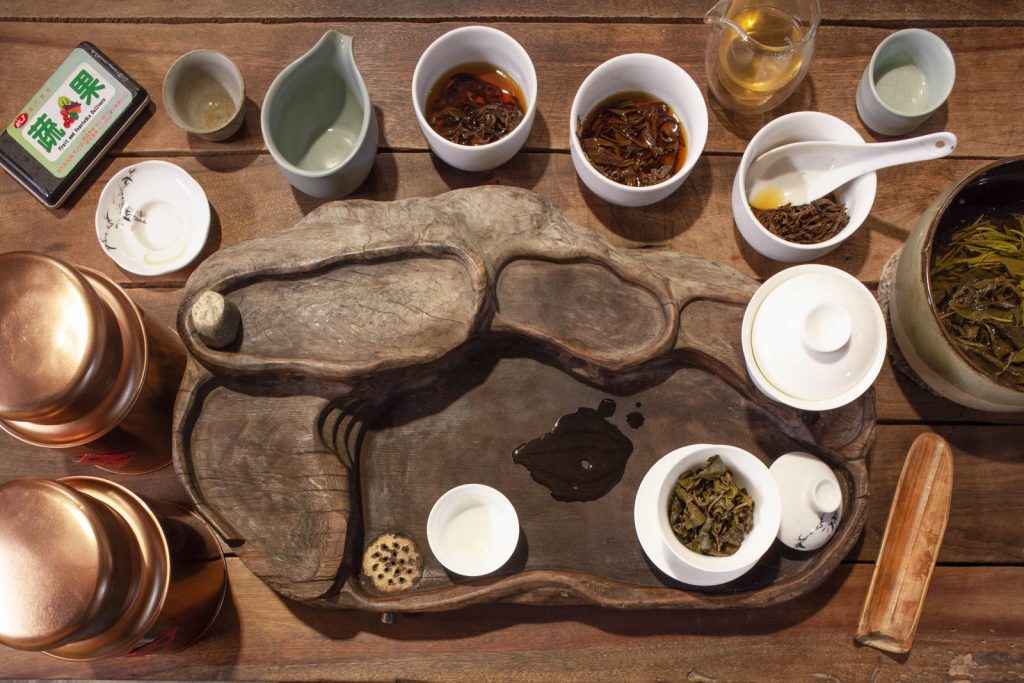
Different kits for making tea according to the “Gong Fu Cha” procedure. The expression “Gong Fu” is literally translated as “work and time”. Together with the word Cha (tea) it could be interpreted as “preparing tea with patience and attention”.
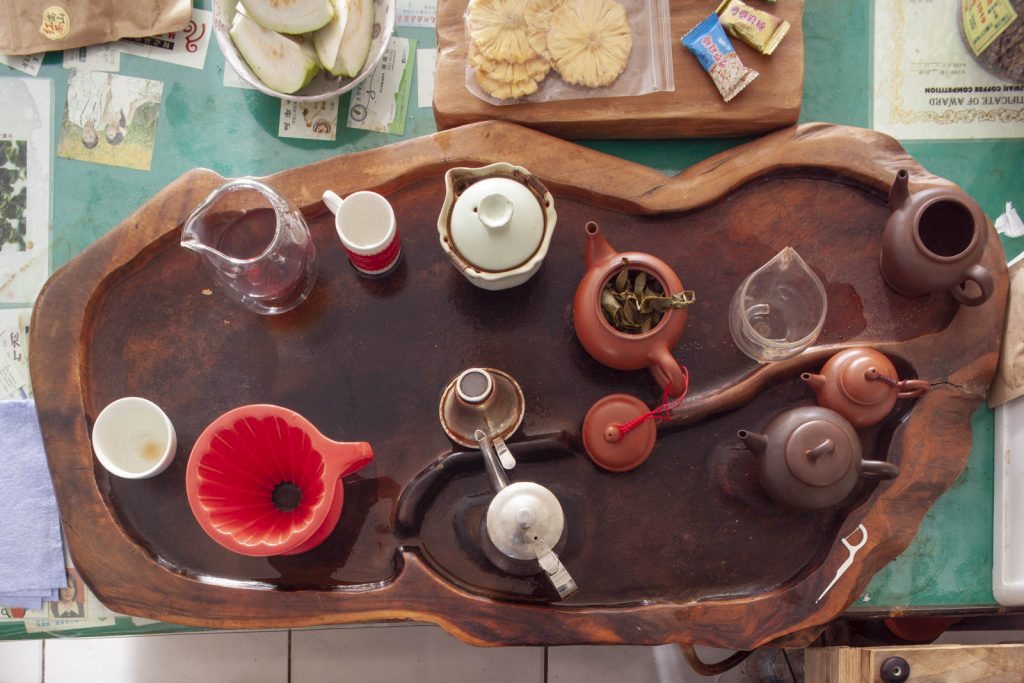
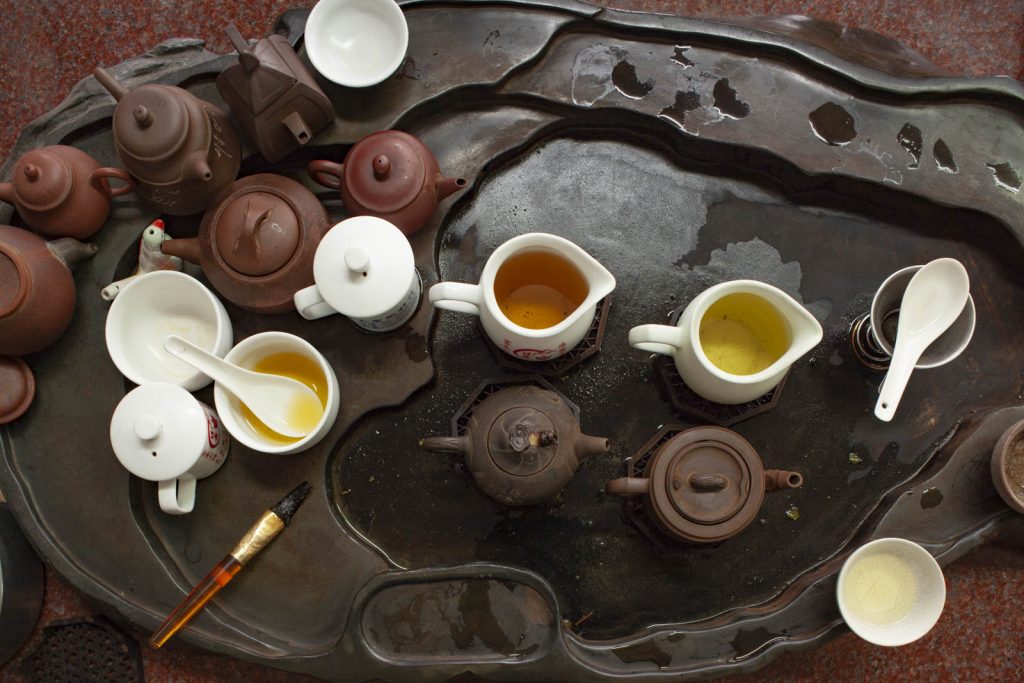
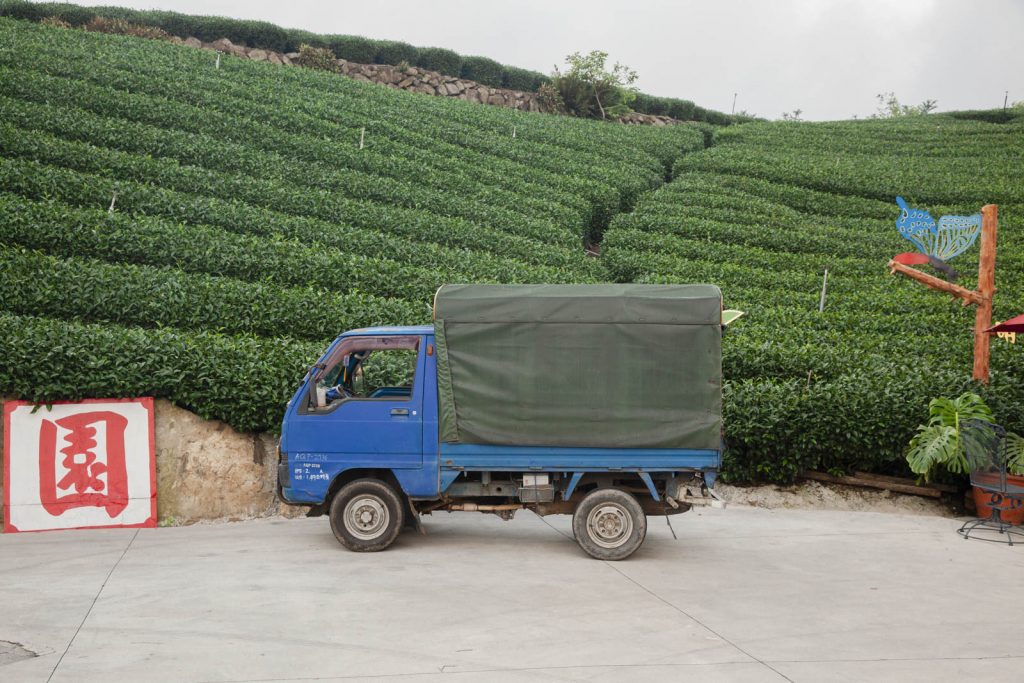
The forecourt of a tea farm.
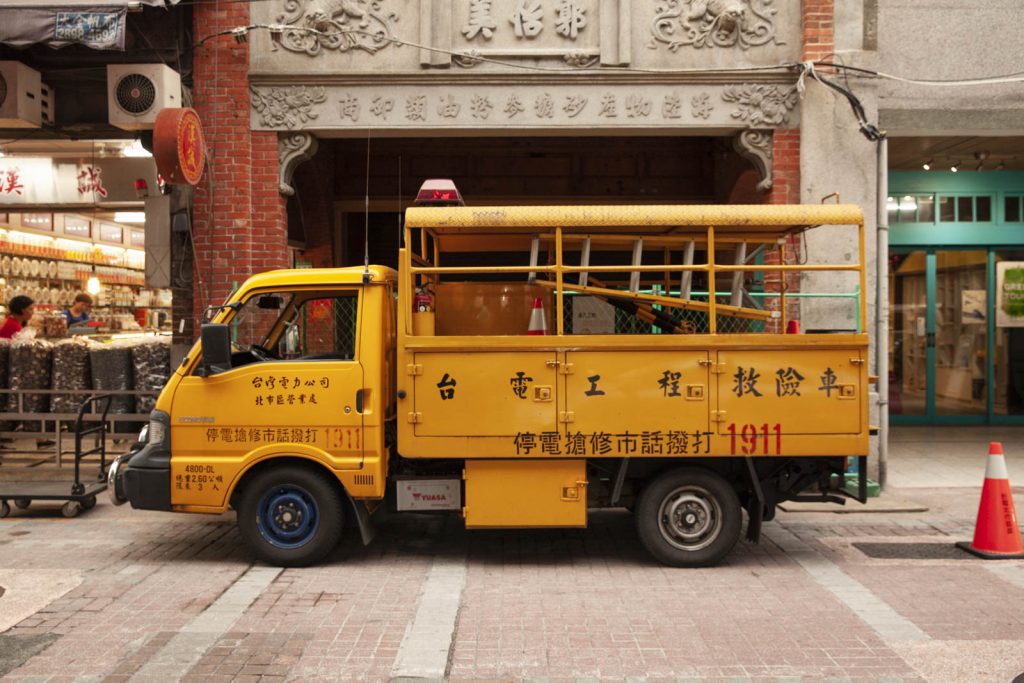
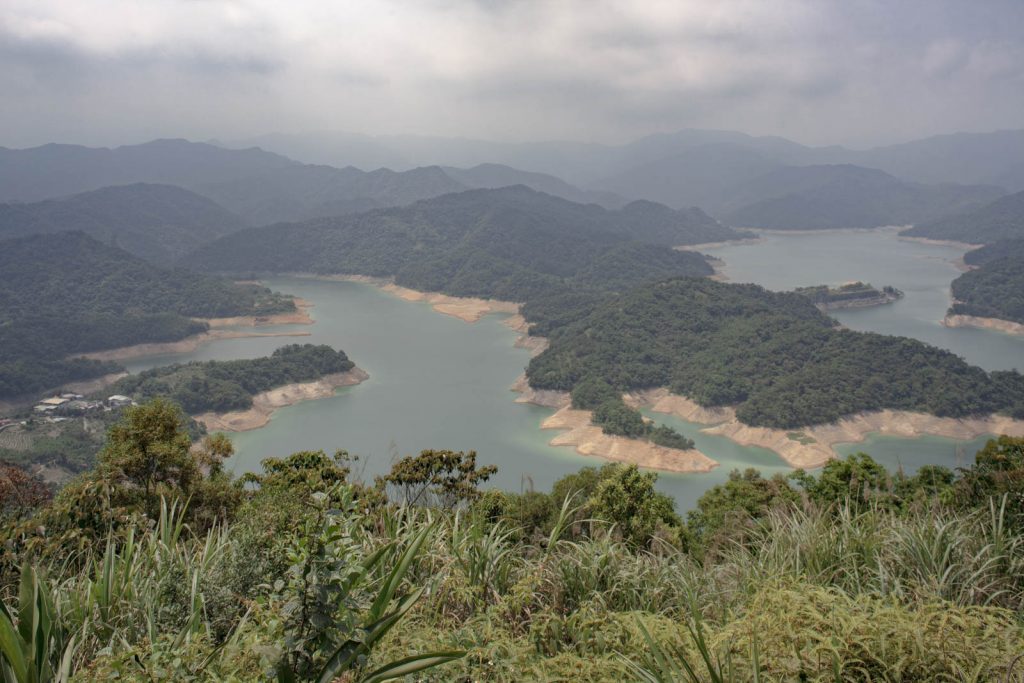
The region is known for the production of Wen Shan Bao Zhong tea.

A freshly picked leaf of the precious Oriental Beauty tea. The brownish spots indicate the presence of the Jacobiasca Formosana, an indigenous insect that feeds on these leaves. The natural reaction of the plant to its bite gives this tea the sweet notes of honey and fruit that make it very precious and refined.
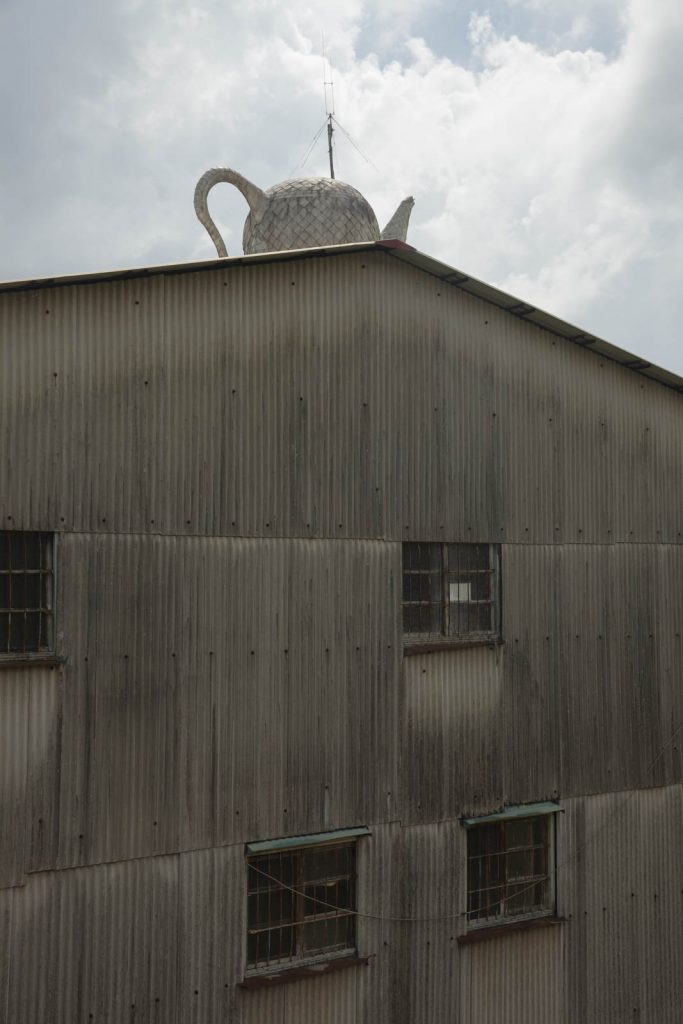
Road decorations and public installations inspired by the tea culture in the agricultural region of Maolan Mountain.

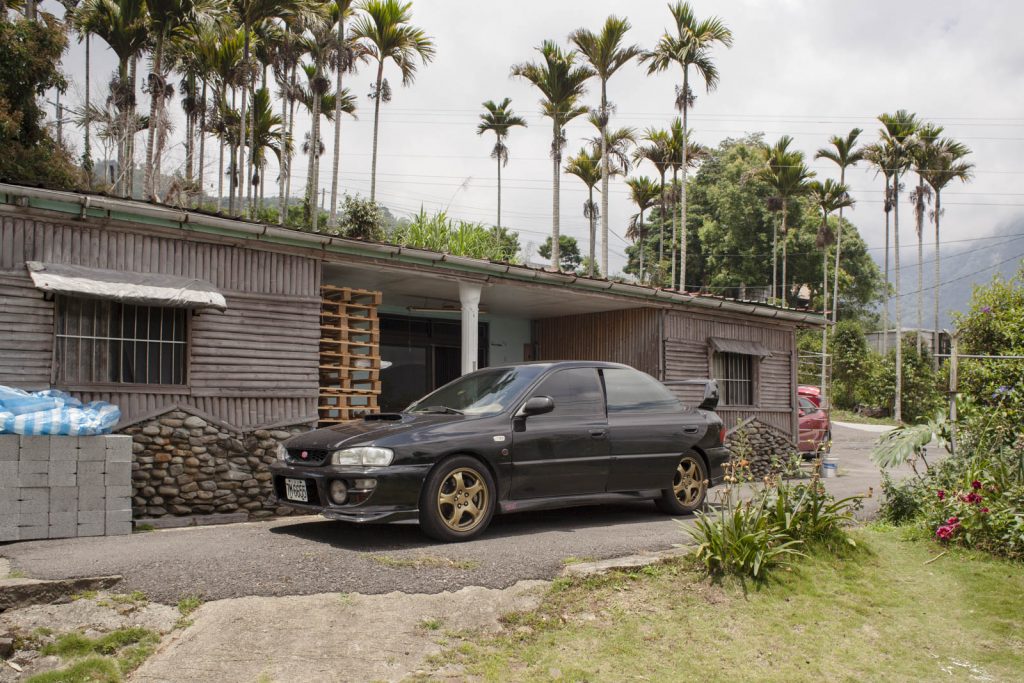

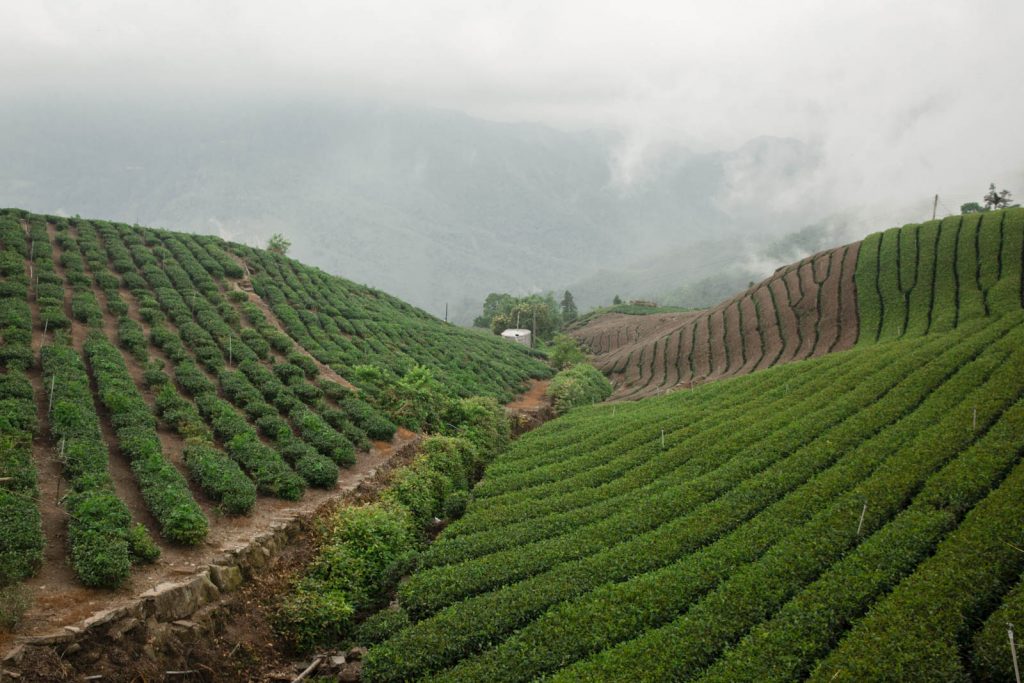
A tea plantation of the same name.
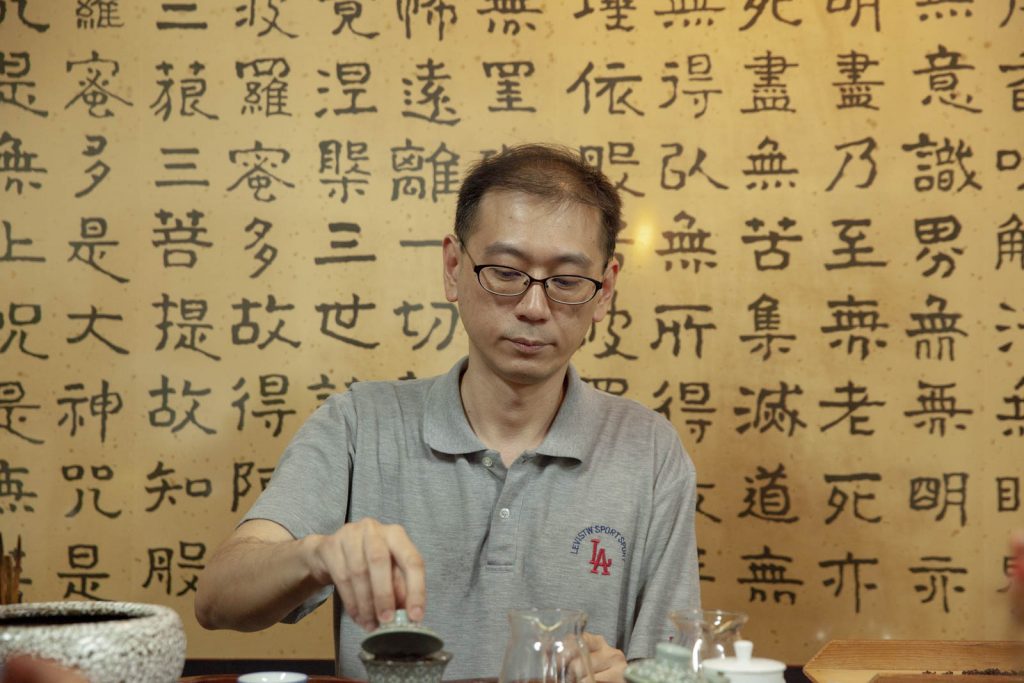
A Taipei tea master conducts a tea tasting using the “gon fu cha” method.
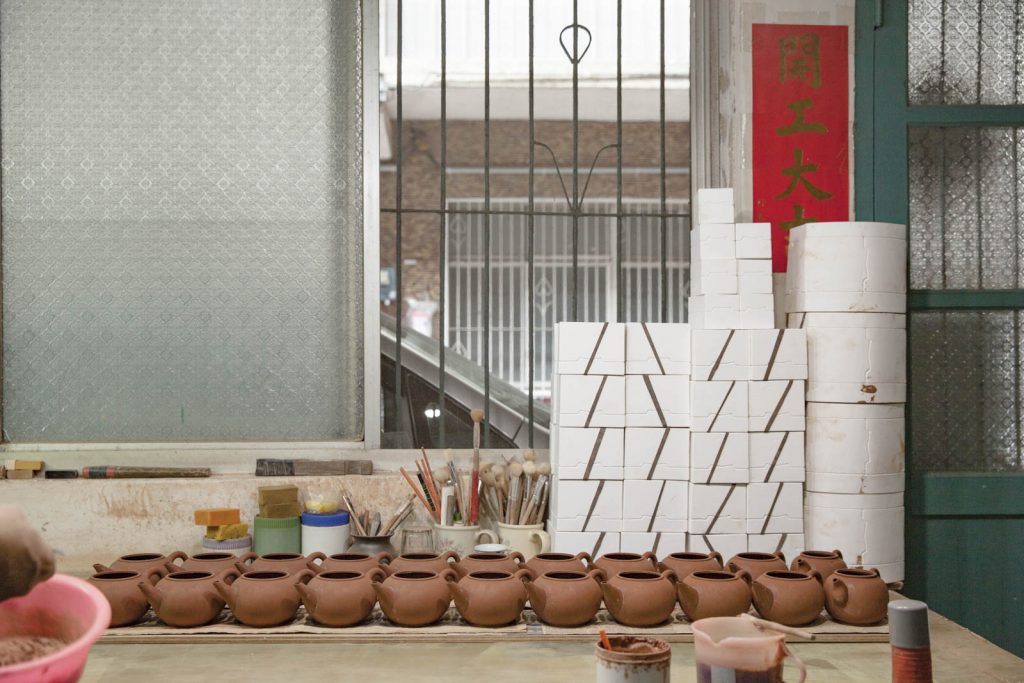
A workshop of a local artisan. The city is renowned for the production of artisan teapots.
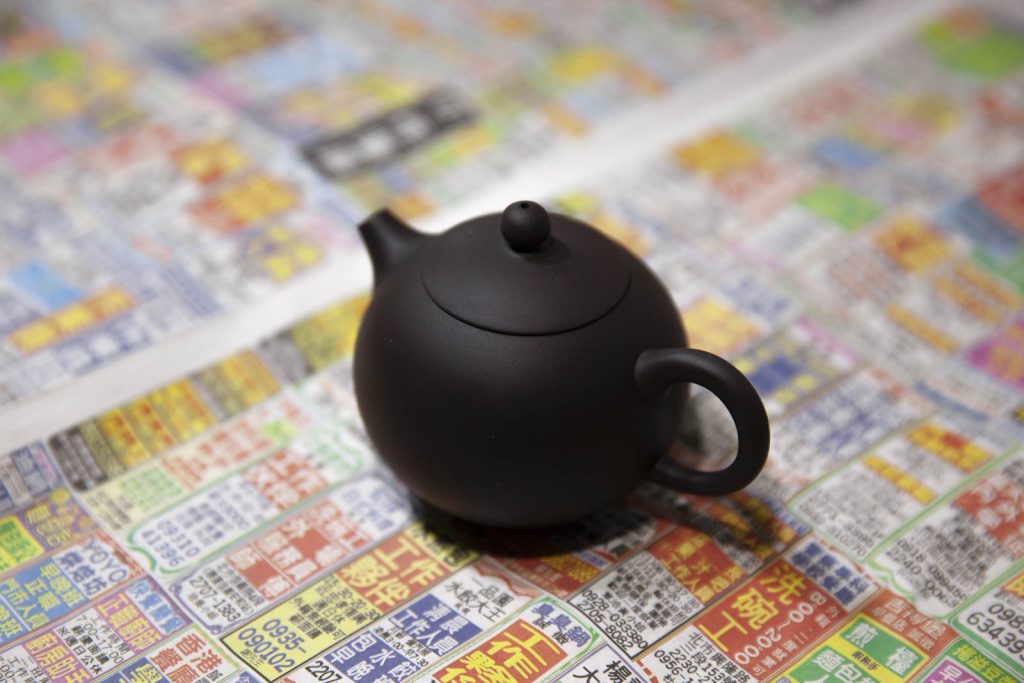
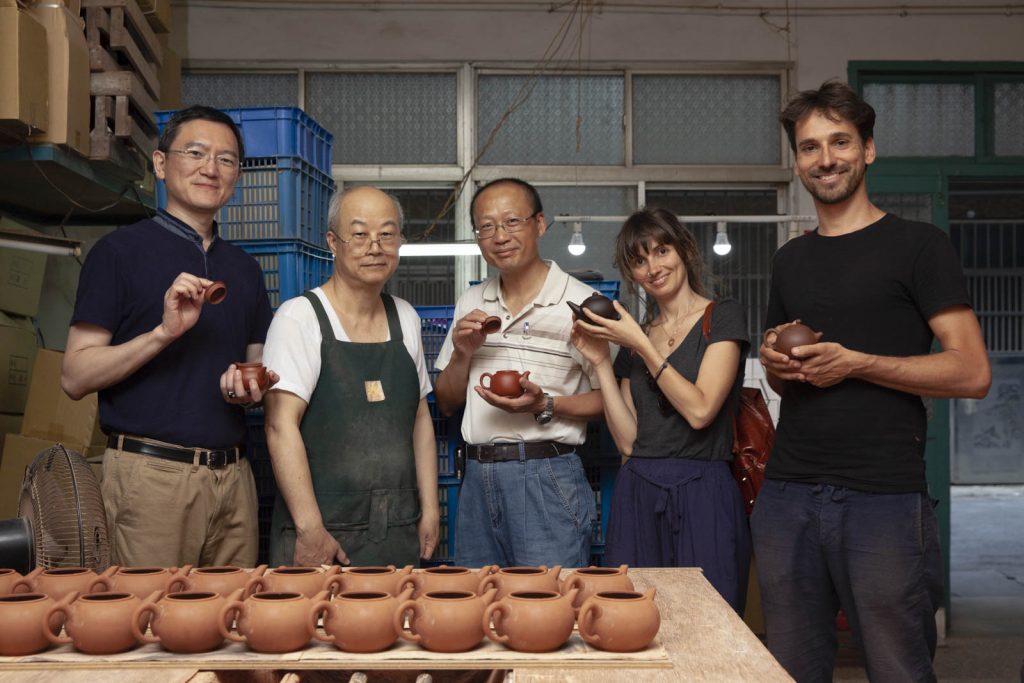
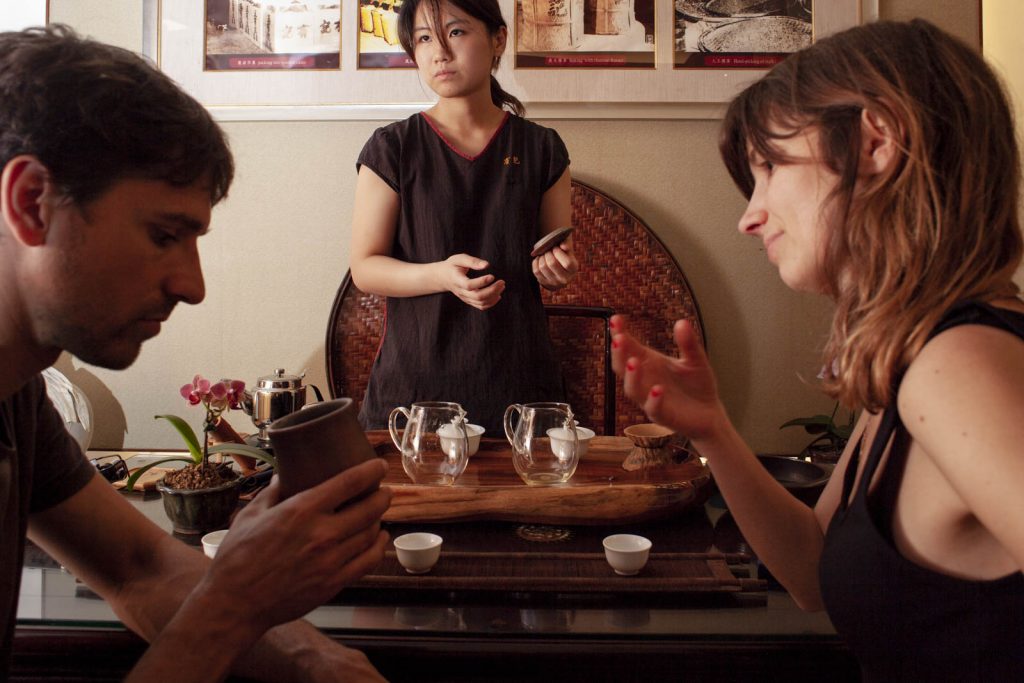
Andrea and Beatriz taste some varieties of tea offered by a tea-sommelier, employed at the Wang Tea company store.
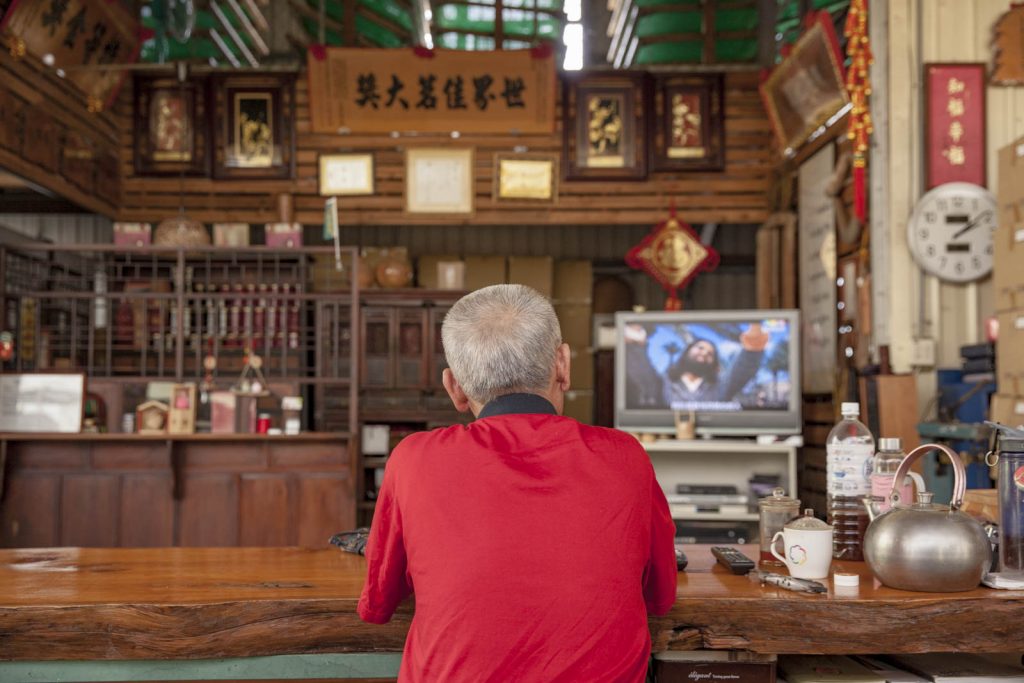
A family of local producers from the Senlin Tea farm together with Andrea and Beatriz.
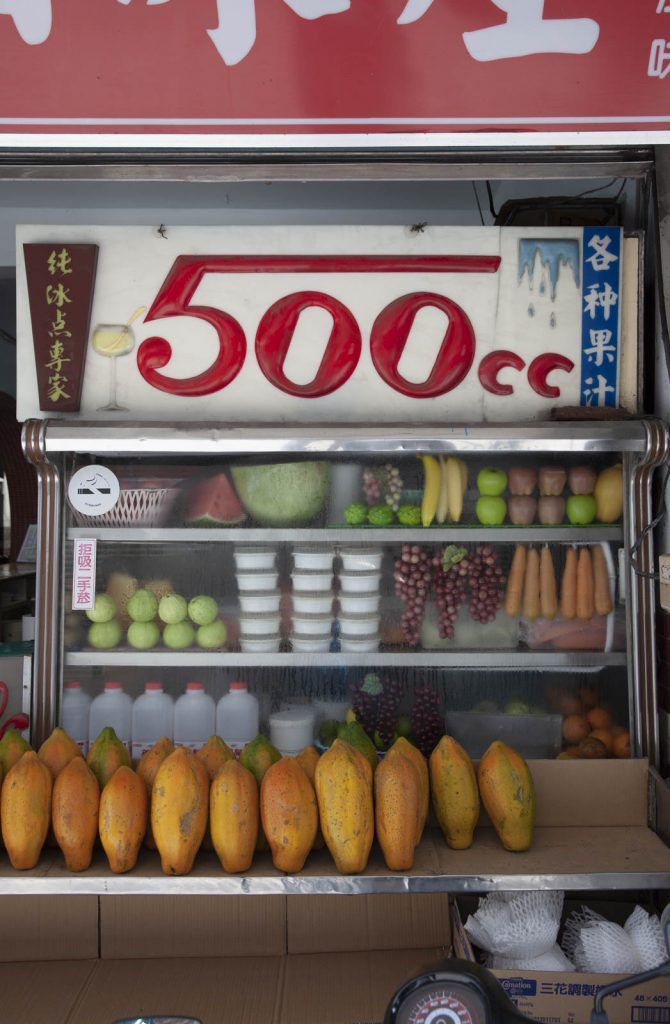
A fruit and juice shop.
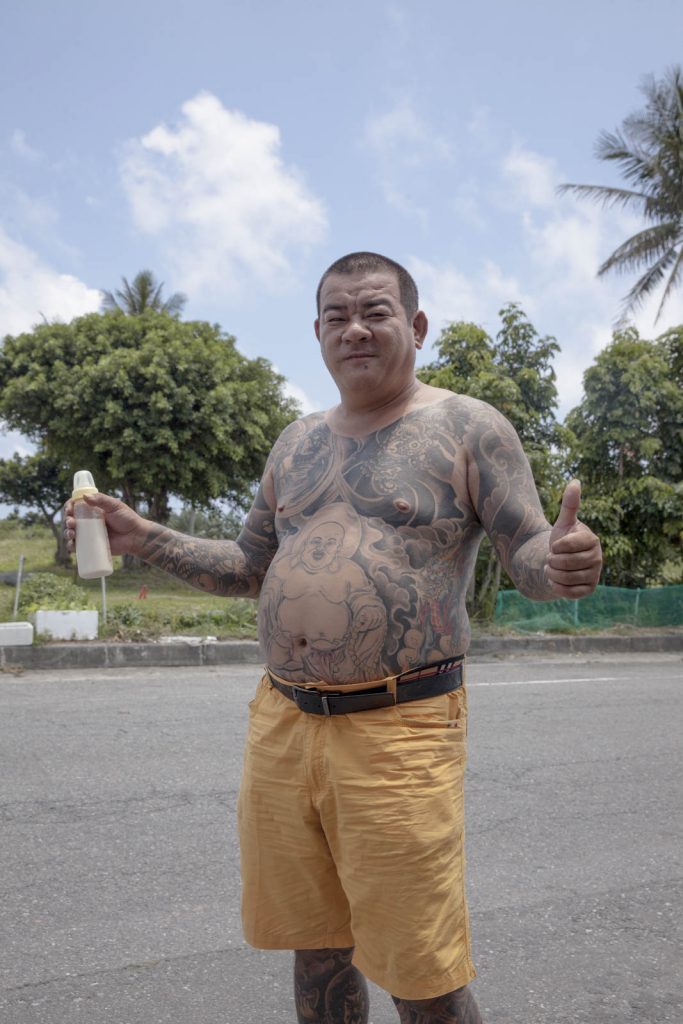
Stranger passing.

Memorial statue in the Yuqing park.
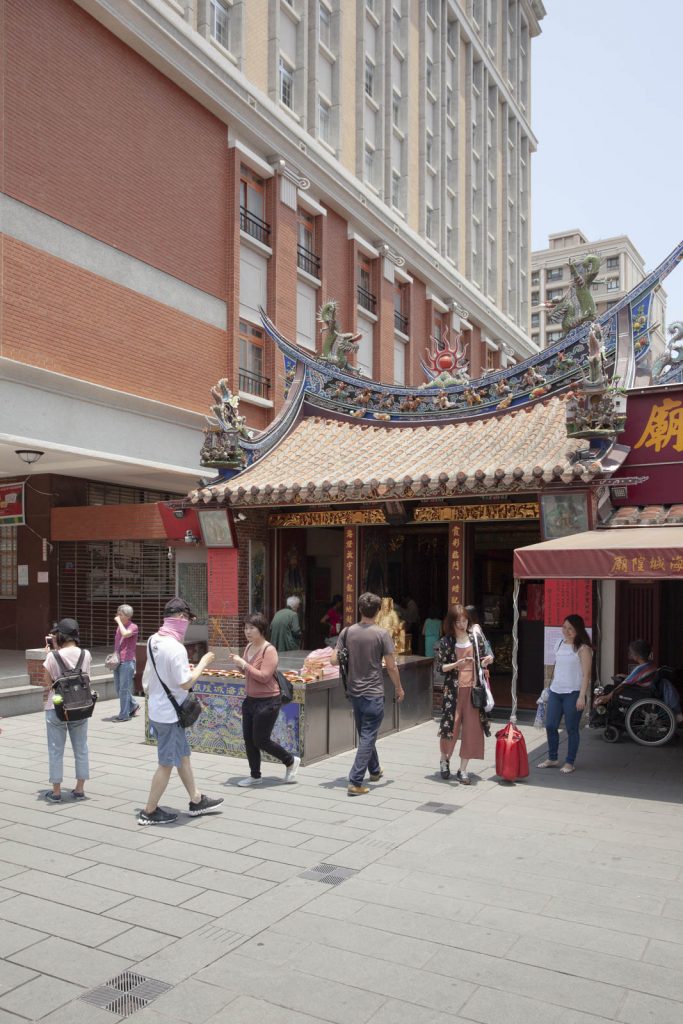
Buddhist temple
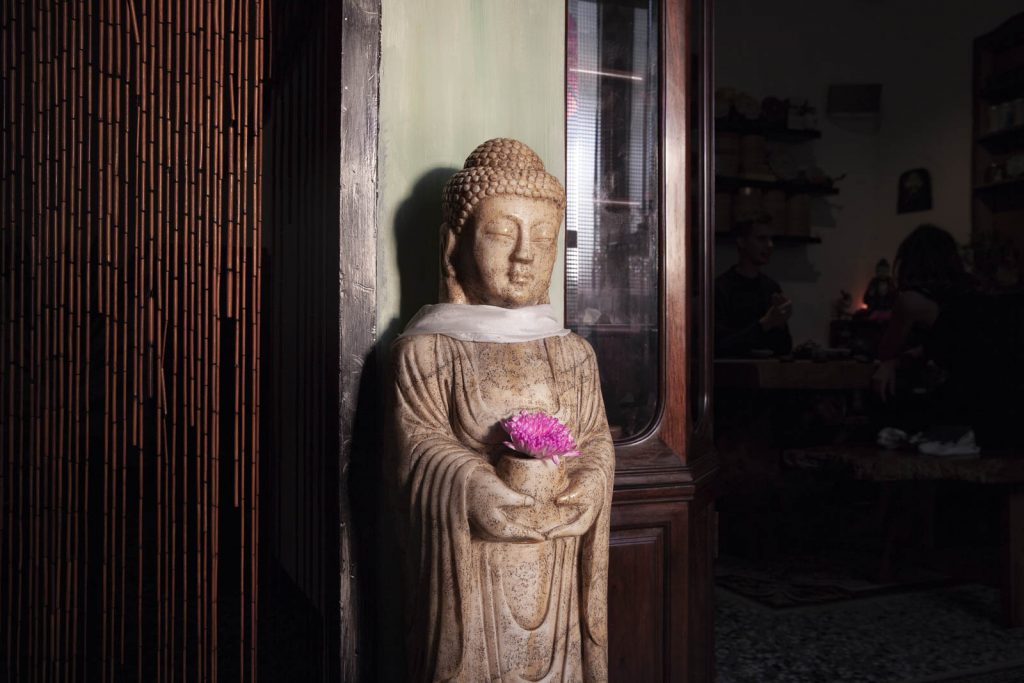
The “Tea Sage Hut” school of tea culture proposes a learning path that uses the “cha do” (“Way of Tea”) as a vehicle for
approaching meditation and spirituality.
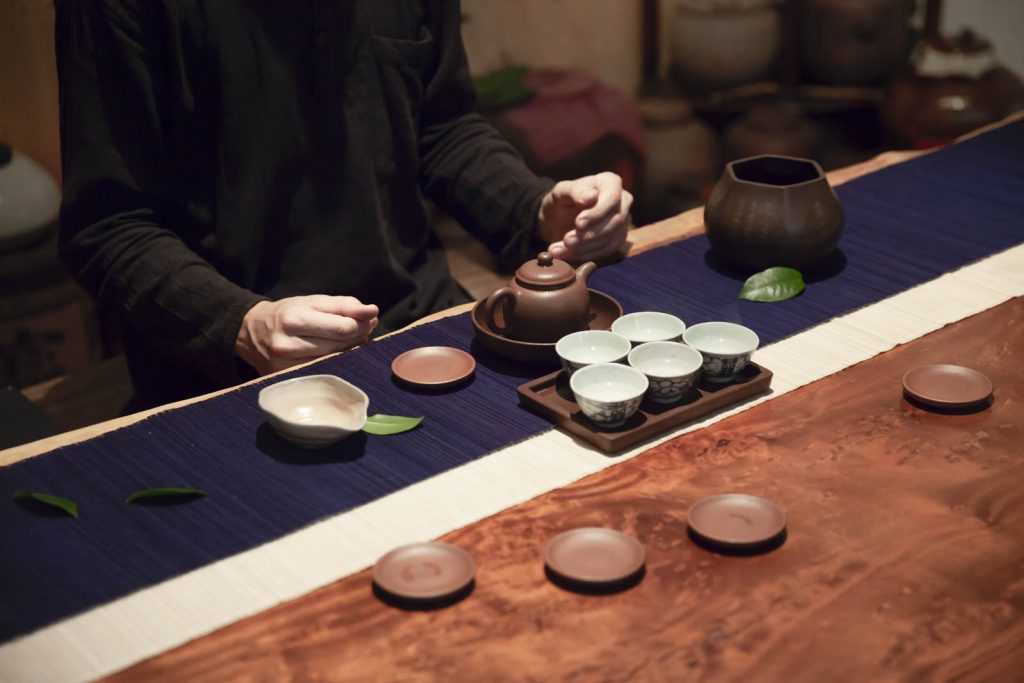

Shop fronts.
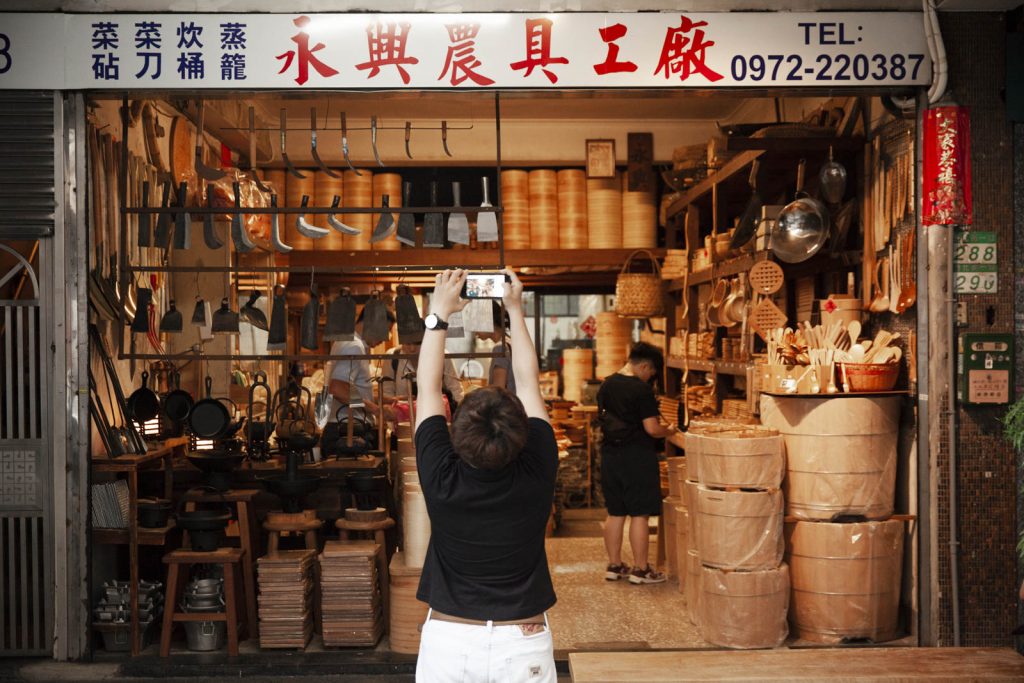
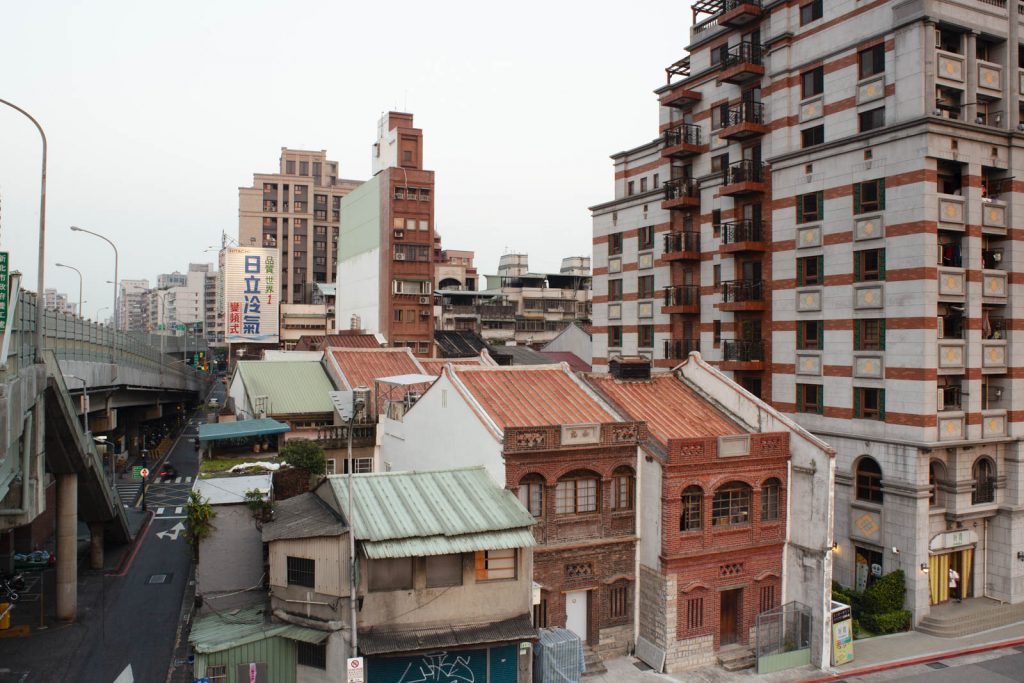
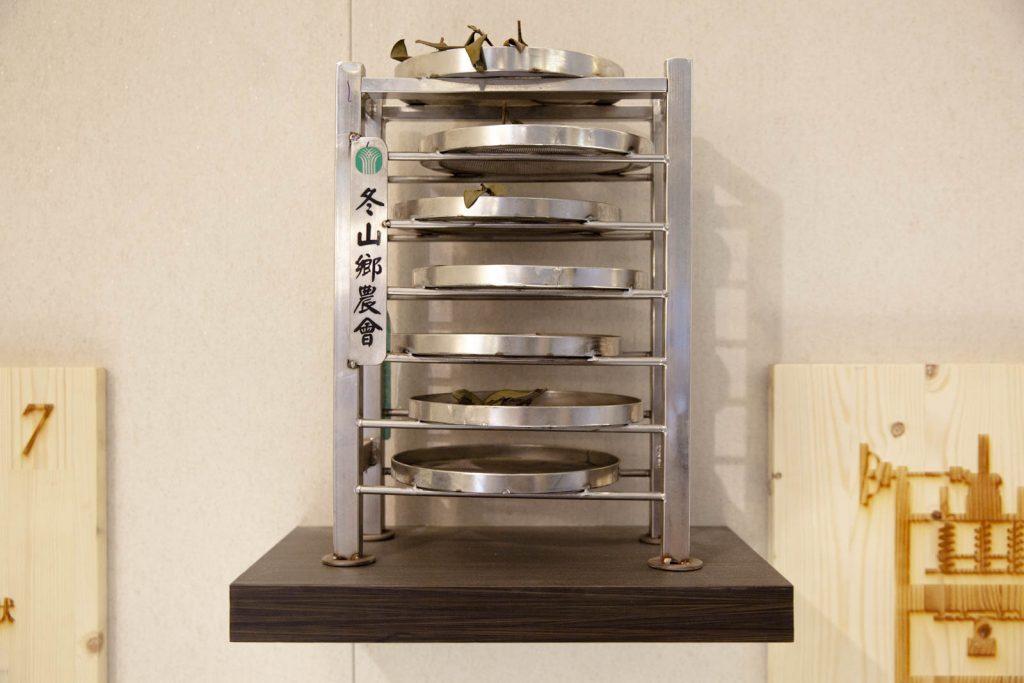
A scale model of a tea leaves dryer at the Tea Museum of Pinglin.
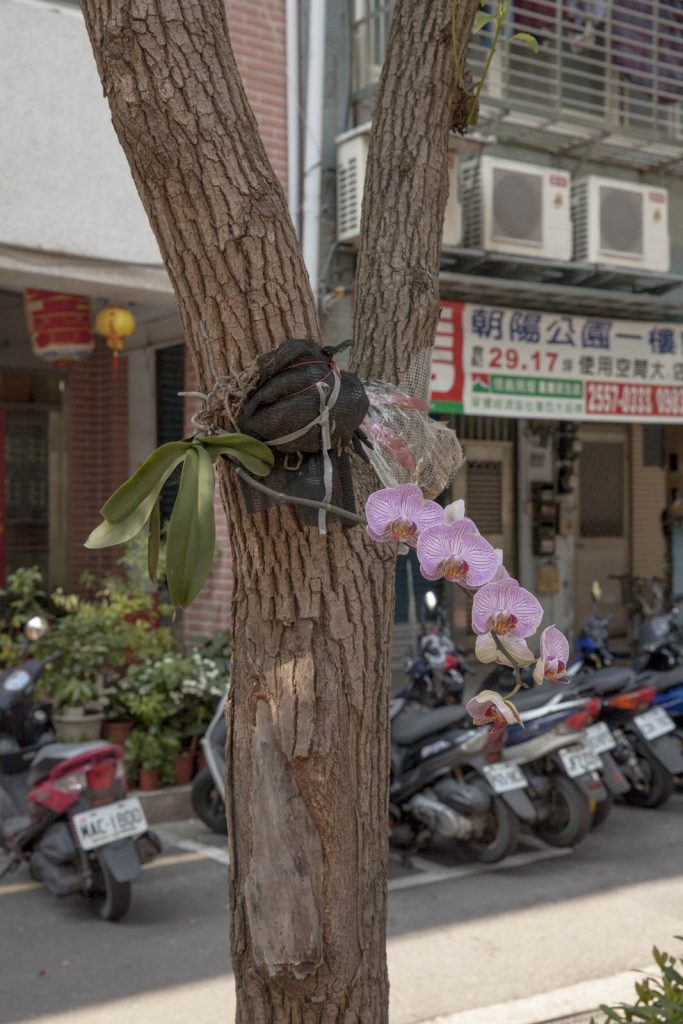
A method for orchids vegetation on tree bark
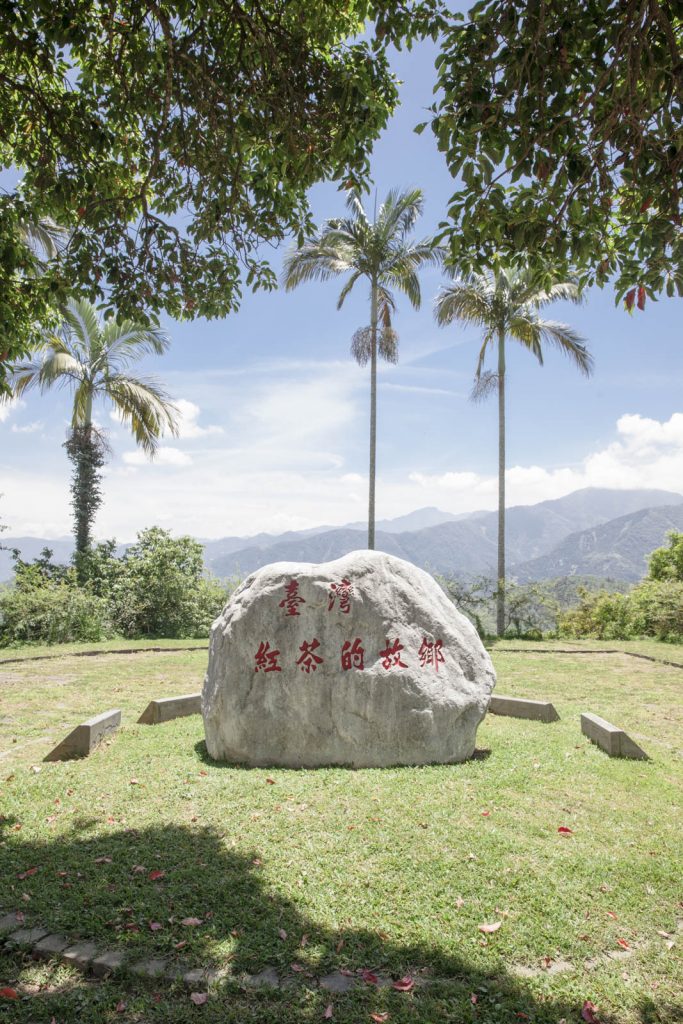
A tea tree monument in the Maolan Mountain Tea Research and Extension Station, a laboratory run by the Taiwanese government where botanists and researchers work to produce and preserve the varieties of tea present in the area.
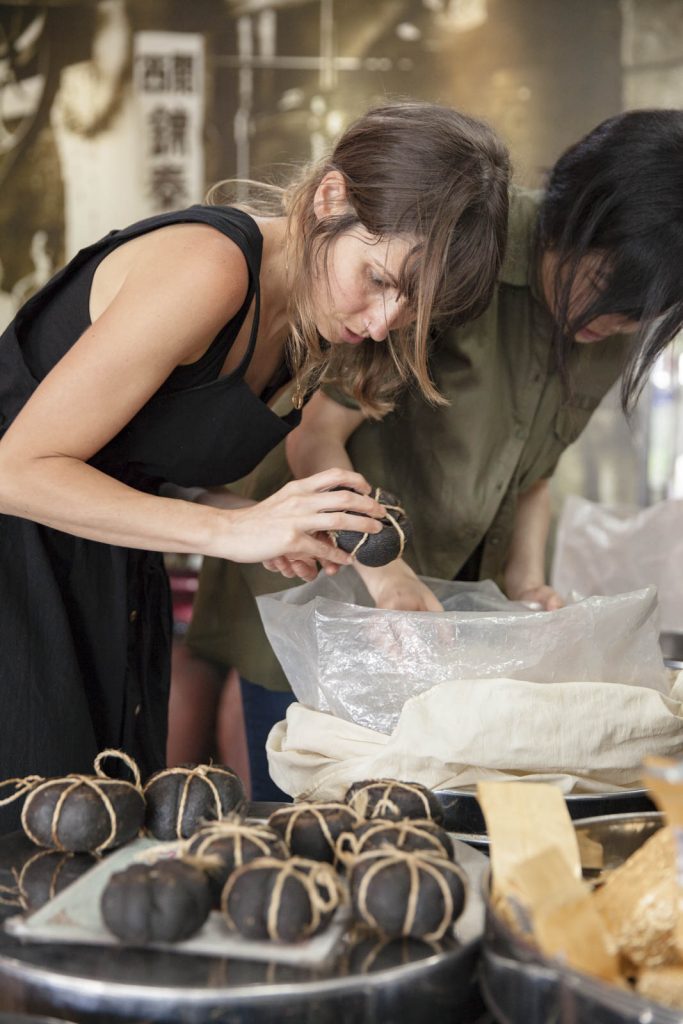
The “mandarine oolong” is prepared by keeping the tea together with parts of the fruit inside its own peel.
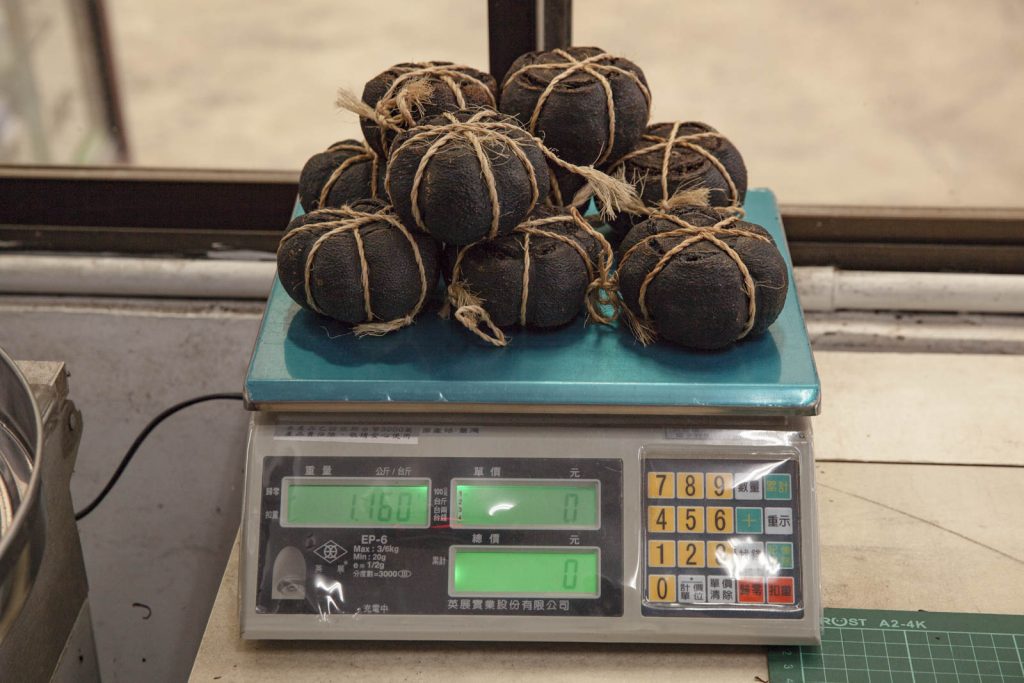
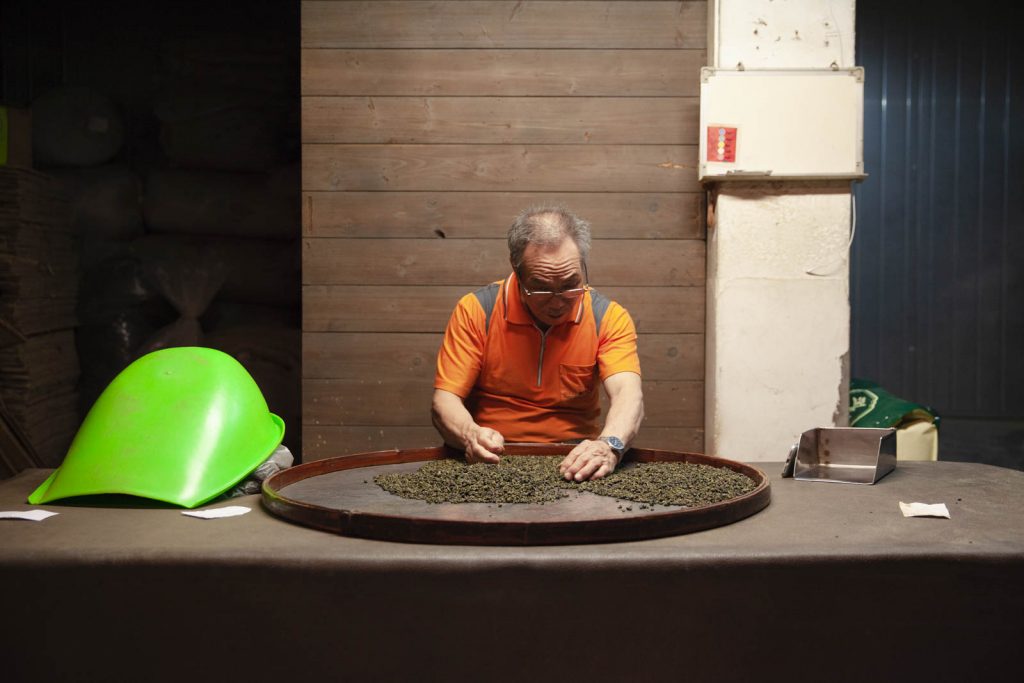
A tea master hand-selects the leaves in the laboratory of Wang Tea distribution company.
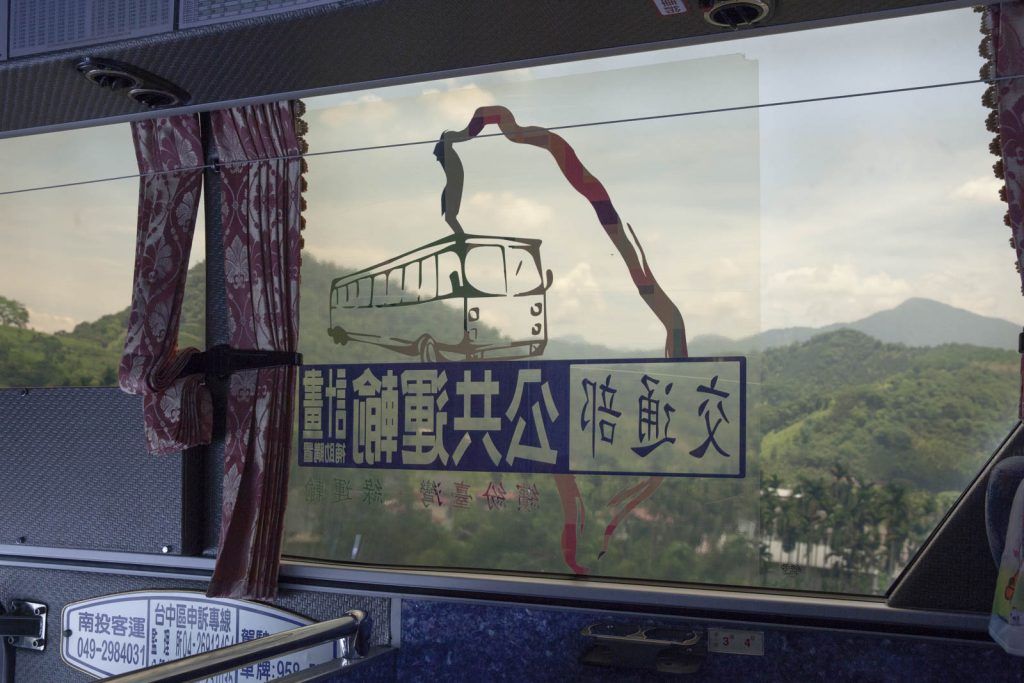
The round-lake bus line.
